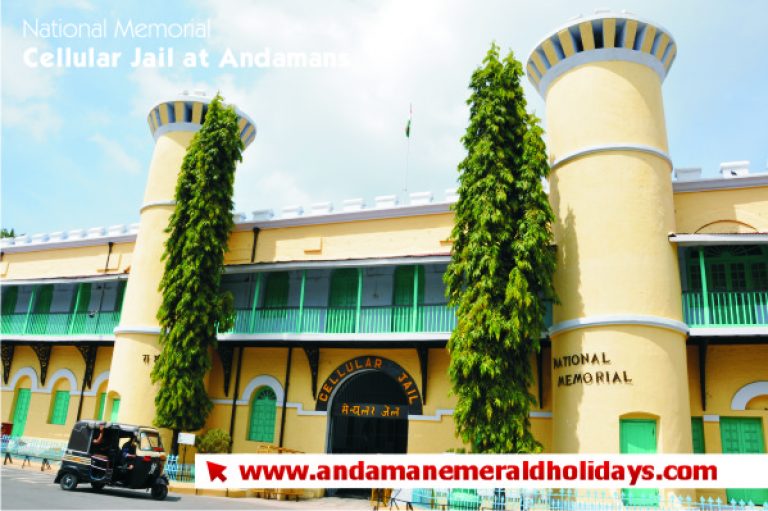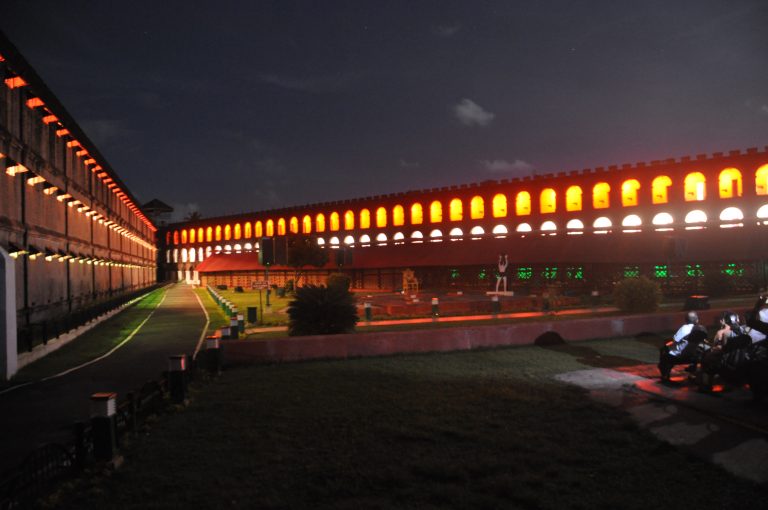Cellular Jail Museum
A monument of historical significance – the Cellular Jail at Port Blair in Andaman is a must visit on your Also known as Kala Pani, the prison stands witness to the torments suffered by the Indian freedom fighters in the hands of the Britishers.
Although the prison complex itself was constructed between 1896 and 1906, the British authorities in India had been using the Andaman Islands as a prison since the days in the immediate aftermath of the
Shortly after the rebellion was suppressed, captured prisoners were put on trial, with many of them being executed. Others were exiled for life to the to prevent them from re-offending.
Two hundred rebels were transported to the islands under the custody of the jailer David Barry and Major an (IMS) doctor who had been warden of the prison at Another 733 from arrived in April, 1868.
In 1863, the Rev. Henry Fisher Corbyn, of the Bengal Ecclesiastical Establishment, was also sent out there and he set up the ‘Andamanese Home’ there, which was also a repressive institution albeit disguised as a charitable one. Rev.
Corbyn was posted in 1866 as to and later died there and is buried at the More prisoners arrived from India and Burma as the settlement grew .
Anyone who belonged to the Mughal royal family, or who had sent a petition to during the Rebellion was liable to be deported to the islands.
The remote islands were considered to be a suitable place to punish the independence activists. Not only were they isolated from the mainland, the overseas journey to the islands also threatened them with loss of caste, resulting in social exclusion .
The was used as a prison for the Indian soldiers who were sent to exile by the British government. The construction of the jail started in the year 1896 and continued till 1906.The monument houses a gallery and a library on the first floor. They showcase the note-worthy moments of the Indian freedom struggle.
Cellular Jail Museum:- Ways to Reach
Being located in Port Blair, the capital of Andaman & Nicobar, there are several ways to reach the Cellular Jail.
Cellular Jail Museum:-By Air: If you are travelling from the Indian subcontinent, you can book a flight to the Port Blair International Airport. The airport being located close to the centre of the town makes it easier for the travellers to reach the tourists spots.
Cellular Jail Museum:-By Road: Cabs and rickshaws are available within the town. You can book any of these to reach the Cellular Jail from your hotel. You can also hire scooters for a trip on your own throughout the town which is both economical and enjoyable.
Owing to the satisfying tropical climate, anytime is a good time to visit the Cellular Jail. Always be sure to book your stay before visiting Andaman. Contact your Andaman Tour Operator for a hassle-free vacation.









Comment (0)